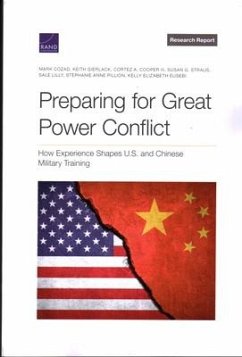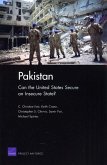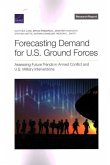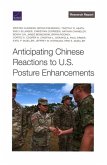The U.S. and Chinese militaries have been shaped by a distinct set of direct and indirect experiences. The U.S. military has focused its energy and resources on combating terrorism and performing counterinsurgency operations in Iraq and Afghanistan. Even in 2023, U.S. emphasis on major power competition contends with other national security priorities, including current crises and continued deployments around the globe. The People's Liberation Army (PLA), on the other hand, has largely focused its military modernization and restructuring to prepare for a regional conflict that would likely involve U.S. military intervention. Despite having no combat experience since the 1979 Sino-Vietnamese War, the PLA has conducted an in-depth study of all aspects of the U.S. military's technological and operational capabilities-including its organization, command and control, logistics, joint operations, and concepts of operation-since the 1990s. The dichotomy presented by the experiences of both militaries raises several questions about how they are preparing for the possibility of a major power conflict. Since 2001, the U.S. military has gained significant direct combat experience, but has done so against technologically inferior, nonpeer adversaries. In contrast, the PLA had no direct combat experience. Even though its concepts of operation are designed to fight a major power, these concepts are largely derived from indirect observations and lessons from U.S. operations since 1991. The ways that each side gains and processes experience and incorporates it into training will heavily affect readiness for and performance in a future war.








